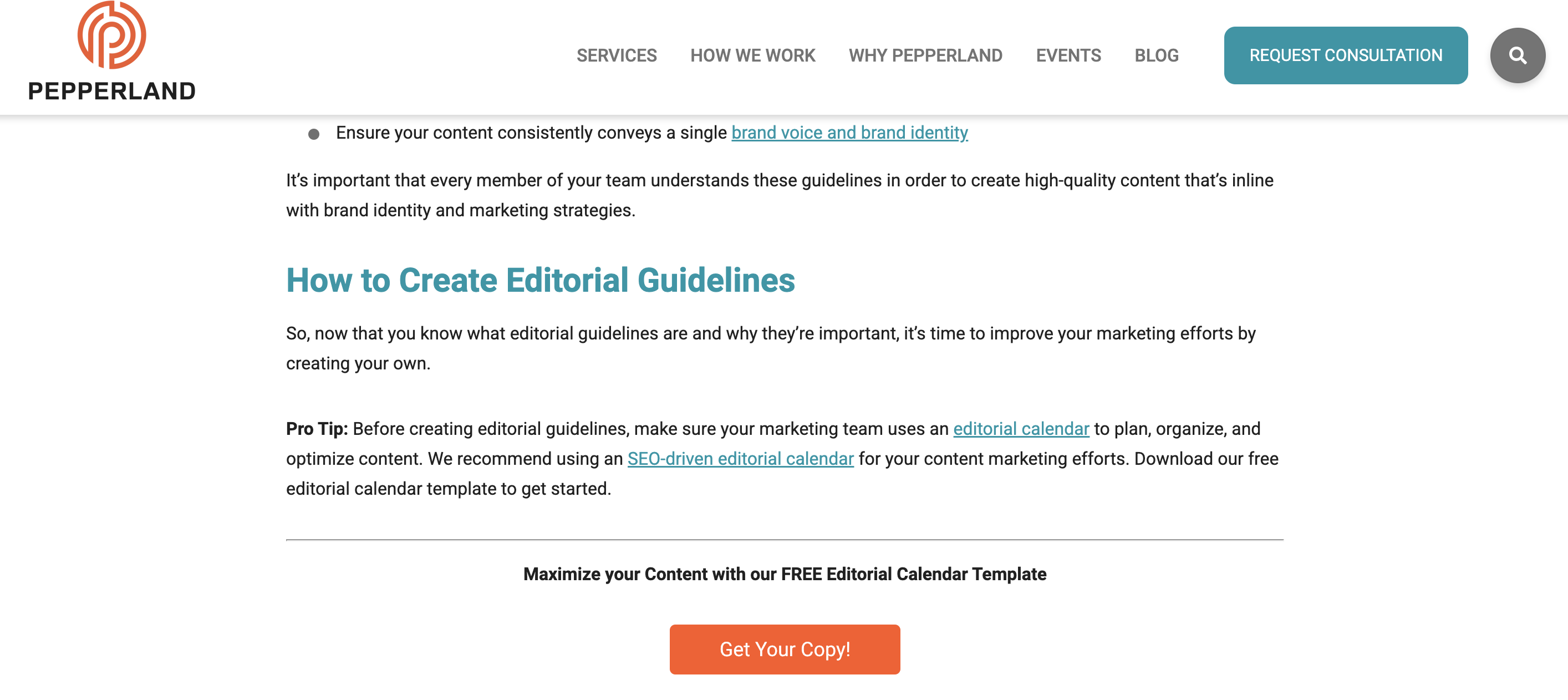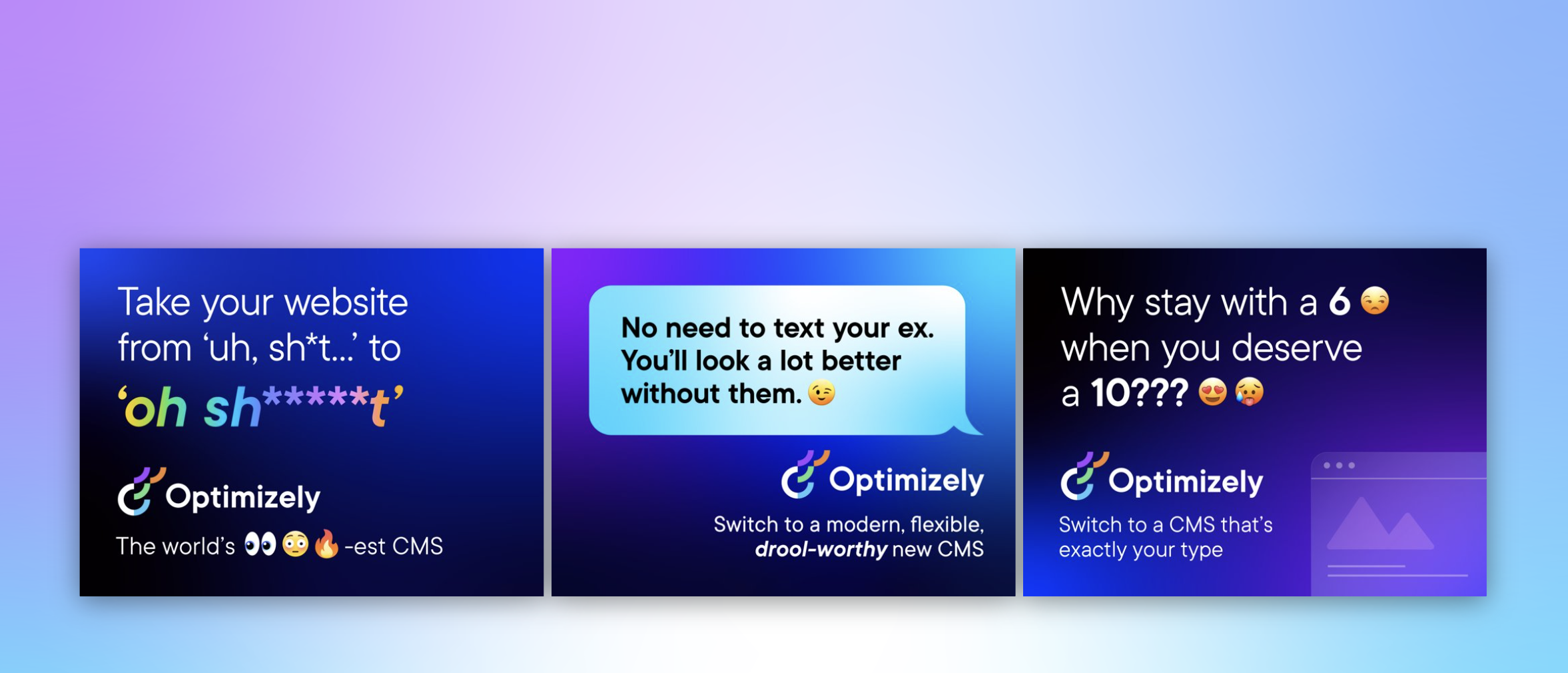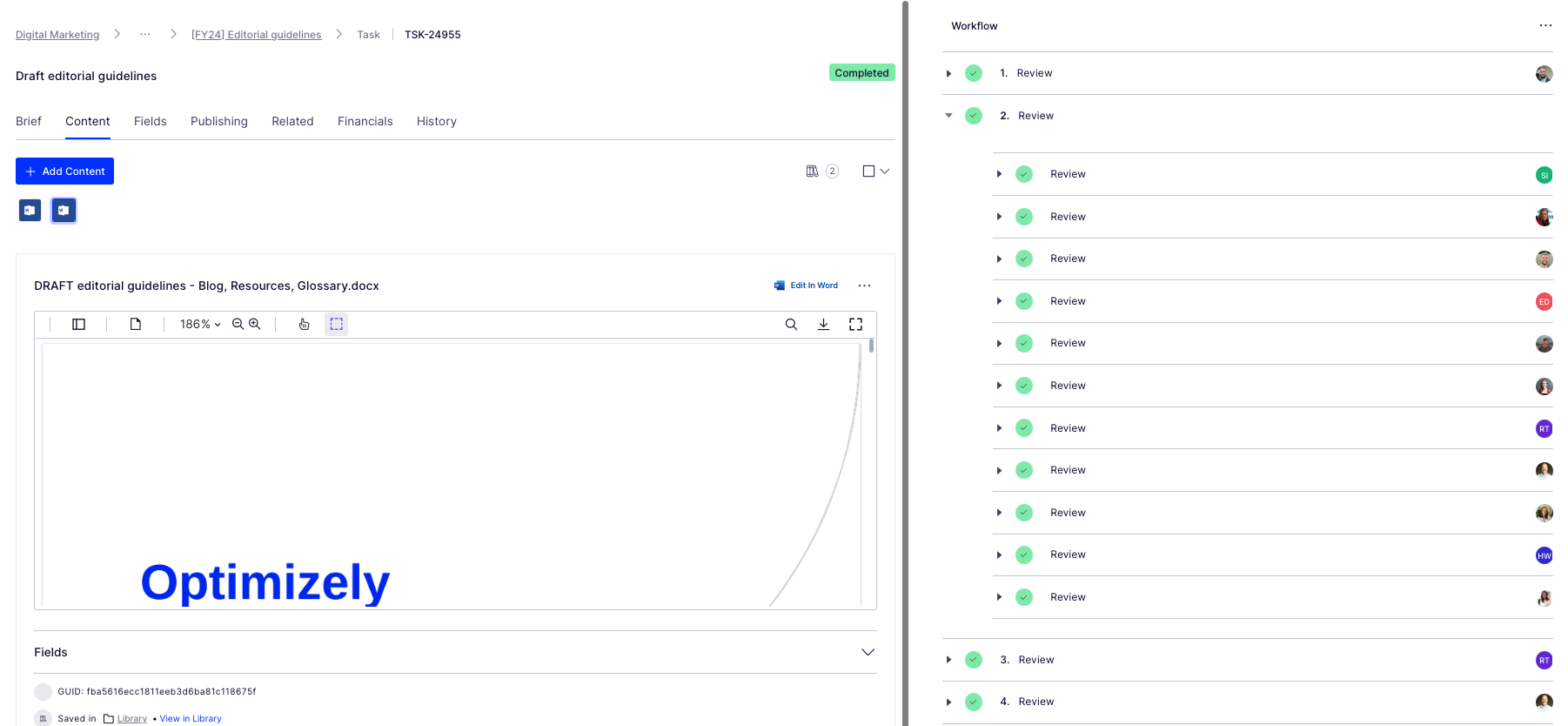Marketing operations (MOPs) is an umbrella term describing departments and the people whose responsibilities include:
- Facilitating marketing activities,
- Training and supporting marketing staff,
- Budgeting for, selecting, implementing and administering marketing software,
- Architecting the marketing software “stack”, and,
- Making data accessible and useful to marketing colleagues and others, e.g. sales and customer service.
This description is useful for understanding what some marketing operations teams do and what they aspire to do, but the responsibilities and tasks undertaken by marketing operations organizations vary widely.
Marketing operations provides a 15% to 25% improvement in marketing effectiveness, as measured by ROI and customer engagement, according to McKinsey.
In this piece, we’ll dive deep into marketing operations and the profile of marketing ops professionals. We’ll cover:
The explosion in marketing software accelerated the rise of marketing operations
There’s some disagreement regarding the advent of marketing operations. Some trace the function within marketing departments all the way back to the 1920s.
The “modern era” arguably began in 2005, when IDG first defined the term and marketing operations pioneer Gary Katz chaired the Marketing Operations & Management Symposium, which was part of the Digital Asset Management Symposium, in Los Angeles. Approximately 70 people attended.
The rapid proliferation of marketing software applications and the need for professionals to select, deploy and operate them, accelerated the prominence of the field and its practitioners. The number of applications increased to 8,000 in 2020, from just 150 in 2011, according to chiefmartec.com’s Scottt Brinker in his latest Marketing Technology Landscape.
It’s not uncommon for small/medium businesses to have 25-50 marketing software applications in their martech stack, while enterprise-level organizations can have more than 250, according to stack management firm Cabinet M. Many companies have as many internally developed applications as off-the-shelf software.
And the profession has expanded. At the end of 2021, more than 250,000 LinkedIn users in the US and nearly 600,000 worldwide included “marketing operations” in their profiles. The site also listed more than 15,000 open positions for marketing operations professionals at that time.
Where marketing operations fits in the marketing organization
In most cases, marketing operations is part of the marketing department and marketing operations team members identify as marketers.
Most marketing operations departments report to the CMO, with the CEO coming in second, according to The State of the MarketingOps Professional”, which was jointly published by HubSpot and MoPros.

More than ¾ of marketing operations department members have marketing titles, according to the report. Nearly 30% were Marketing Managers, followed by 13.8% marketing directors, and 6.4% VP/Head of marketing.

Brinker maps all marketing roles into four archetypes. (Scott refers to all marketers as “marketing technologists”, which belies his personal journey to marketing from software and web development.)

The model is helpful for understanding the breadth of marketing operations responsibilities, whether internally or externally focused, and process or technology-oriented.
Three of the four archetypes — Maestros, Modellers and Makers — are functions within marketing operation’s purview. The Maestros are the system administrators who make the marketing trains run. The Modellers are professionals who make data accessible and useful. The Makers are software developers and engineers who create home-grown marketing applications and work with APIs.
In Brinker’s model, only the “Marketers” (the upper right quadrant) aren’t typically marketing operations functions, although the number of individuals in that quadrant is undoubtedly the lion’s share of those working in marketing.
The model was further expanded to acknowledge the role of managers who oversee the breadth of marketing and marketing operations. That role involves “people management, as well as having the responsibility for overarching martech strategy and governance — connecting it with overall marketing strategy, set by the CMO at the next layer up,” Brinker wrote.

What does marketing operations do?
Just as there is no one definition of marketing operations, there are variations in what tasks marketing operations conducts.
The top 5, according to the chiefmartec.com/MarTech 2020 Career Survey, marketing technology and operations personnel were responsible for the following at least 70% of the time:
- Designing, running and implementing marketing campaigns
- Training and supporting marketing staff on using marketing software
- Operating marketing software as an administrator
- Researching and recommending marketing software
- Designing and managing internal workflows and processes
Here’s the full list:
Marketing Operations Tasks
Percentage of work
Design, run, and optimize/test marketing campaigns
84.5%
Train and support marketing staff on using marketing technology products
77.5%
Operate marketing technology products as an administrator
76.1%
Research and recommend new marketing technology products
74.6%
Design and manage internal workflows and processes
67.6%
Integrate marketing technology products with each other
63.4%
Monitor data quality within marketing technology products
57.7%
Pay for marketing technology products from a budget (partially or fully)
50.7%
Monitor performance and other SLAs of marketing technology products used
47.9%
Approve or veto purchase of marketing technology products
42.3%
Negotiate business terms of purchasing marketing technology products
42.3%
Perform technical reviews of marketing technology products
40.8%
Architect the overall marketing stack of all marketing technology products used
39.4%
Integrate marketing technology products with non-marketing systems
39.4%
Identify and consolidate multiple instances of same or similar marketing technology products
39.4%
Identify and sundown outdated or unused marketing technology products
33.8%
Develop websites, web apps, and/or mobile apps
28.2%
Perform data privacy and compliance reviews of marketing technology products
26.8%
Build analytical models and perform data science analysis
21.1%
Customize marketing technology products with software development
18.3%
Build and maintain data warehouses/data lakes
15.5%
Perform security reviews of marketing technology products
8.5%
Applying the results to his earlier model, Brinker mapped the functions to each archetype within the marketing organization:

Read next: 6 key marketing operations predictions for 2022
Martech teams devote most of their time to automation, campaign management tools
When asked which marketing tools are most likely to be used during the week, 70% of the marketing operations professionals replying to the 2020 Career Survey put marketing automation and campaign management solutions at the top of their list.
They also spent at least 10 hours a week in spreadsheets — solutions like Excel, Google Sheets and Airtable. So while many marketing ops teams are devoting much of their time to automation and campaign management responsibilities, many are spending as much time reporting on the results of their efforts.
Project management, also called marketing work management, was another popular platform, with half of the survey respondents spending a large part of their workweek using project management tools.

Are your workflows running you, or is your team in control of them? Explore the platforms essential to marketing work management in the latest edition of this MarTech Intelligence Report.
Here are the applications marketing operations professionals say they spend at least 10 hours a week working with:

Three Marketing Operations Department Models
“All models are wrong, but some are useful” statistician George Box is credited with saying. Here are three models of how marketing operations are configured.
Sixty-five percent of self-identified marketing operations professionals said they work in an organization with a dedicated marketing operations team or individual, according to The State of the MarketingOps Professional” (registration required for download), which was jointly published by HubSpot and MoPros.
Small businesses with fewer than 100 employees are least likely to have a dedicated marketing ops department. Large companies typically have dedicated teams. Fewer than 5% of companies with more than 500 employees said they didn’t have the function.
Model 1: The marketing operations 1-armed paper hanger
Like so many specialties within small companies, marketing ops is a one-person band in many organizations. Twenty-five percent of respondents to the survey said they were the lone member of the marketing operations team.
The chart above supports this view of marketing operations as a hands-on, in-the-weeds profession. More than 50% of respondents to that survey reported they spent more than 10 hours per week working with marketing automation, spreadsheets (presumably for reporting results), CRM/CDP (for customer identification), and marketing work management.
In the context of Brinker’s model, these individuals are probably doing the tasks of all 4 archetypes, but are the “owner” of the Maker, Maestro, and Modeler tasks.
Model 2: Marketing operations supporting marketing
Typically in larger organizations, marketing operations departments are responsible for making the marketing trains run. The mission of these types of marketing operations organizations is to improve the efficiency and effectiveness of marketing through people, process, technology and data so that marketing can achieve operational goals, according to Pedowitz Group’s Debbie Qaqush.
Here’s how noted marketing operations leaders and industry observers characterize the marketing ops function:
“Marketing operations is beyond your marketing automation platform, it involves people, process and technology.”
Michael McNeal, National Marketing Operations Lead, Centric Consulting
“Marketing ops is like the pit crew, and sales and marketing are the race car drivers.” Marketing operations replaces the wheels, tunes up the engine, refuels, keeps an eye on all the instrumentation, constantly talks to the driver to find out what he or she needs. An effective pit crew enables a driver to focus on winning the race, and not on things like if his or her car will fail during the race. The more planning, guardrails, and smart processes we have in place – the faster marketers can go.”
– Darrell Alfonso, Amazon Web Services
“The world of marketing operations is where the professionals try to inject some order into chaos but are constantly beaten back by faulty tech, unreasonable workloads, and meaningless requests from uncomprehending business teams.”
– Kim Davis, Editorial Director, MarTech
Model 3: Marketing Ops as the CMOs best friend
In many organizations, Chief Marketing Officers (CMOs) are responsible for leading overarching initiatives, such as digital transformation, the pivot to customer-centricity, and driving revenue and growth. CMOs who elevate marketing operations to a strategic function to tackle those challenges tend to change the perception of marketing within their firm, according to Debbie Qaqish.
“CMOs who succeed in accelerating wider digital transformation, who adopt financial accountability and who lead customer-centricity cannot do this with a marketing operations group focused on operational measures. They need a strategic marketing operations organization that envisions, and drives change through the magic formula of people, process, technology and data.”
Not surprisingly, McKinsey has a similar take. “It’s sad but true: marketing operations has traditionally been overshadowed by sexier marketing tactics. Yet as consumers become increasingly empowered and sophisticated in the way they make purchasing decisions, it’s never been more important to use data to map customers’ DNA, understand exactly what they want, and then take those insights to develop and deliver a superior (and flawless) customer experience. As outcomes go, we think that’s pretty sexy indeed.”
In the end, the size, focus and marketing maturity of your teams will likely dictate which model is right for you. And, these models will fluctuate and evolve over time. But the continued explosion of marketing technologies and the endless need for brands to build deeply connected customer journey’s is an indication that the marketing operations profession is one that will continue to evolve and grow, becoming more enmeshed and critical to not only the marketing function but C-Level Execs and in many cases, the board as well. The future is bright for MOPs!
Snapshot: Marketing automation
For today’s marketers, automation platforms are often the center of the marketing stack. They aren’t shiny new technologies, but rather dependable stalwarts that marketers can rely upon to help them stand out in a crowded inbox and on the web amidst a deluge of content.
HubSpot noted late last year that marketing email volume had increased by as much as 52% compared to pre-COVID levels. And, thankfully, response rates have also risen to between 10% and 20% over their benchmark.
To help marketers win the attention battle, marketing automation vendors have expanded from dependence on static email campaigns to offering dynamic content deployment for email, landing pages, mobile and social. They’ve also incorporated features that rely on machine learning and artificial intelligence for functions such as lead scoring, in addition to investing in the user interface and scalability.
The growing popularity of account-based marketing has also been a force influencing vendors’ roadmaps, as marketers seek to serve the buying group in a holistic manner — speaking to all of its members and their different priorities. And, ideally, these tools let marketers send buyer information through their tight integrations with CRMs, giving the sales team a leg up when it comes to closing the deal. Learn more here.







































You must be logged in to post a comment Login